From the beginnings of Buddhism to the present day, this religion has spread throughout the world. Buddhism appeared in India around 5000 BCE, and moved from East to West. Everywhere in its country, its region or its city of establishment, it is growing.
How did Buddhism find its place in the history of religion?
Buddhism throughout history
The monk who translated the Lotus translated it from Sanskrit into other languages, including Chinese, is called Kumârajîva. He carried out the translation around the year 400 in Chang'an and also contributed to sharing these texts once translated. These sacred writings number around 2,000 and are distributed in Vietnam, Central Asia and Korea.
About 550 years later, Japan was the country receptive to Buddhist movements and writings. His introduction was made by the then Korean ambassador who was on a mission to the country. A new religion of the time, Buddhism was adopted by many Japanese after a civil war and is still practiced today. At the same time, schools were created in China. Moreover, around 3 or 4 centuries AD, under the Hindu Gupta dynasty, Buddhism lost its prestige in India, then in 1956, the religion regained its place in its native India. /p>
A significant event in the history of Buddhism is the conversion of a political figure of the time. This is Bhimrao Ambedkar. In the context of conversion, many Westerners began doing so shortly after World War II, around 1945. This anchored the establishment of infrastructure such as monasteries and universities in the Tibet and Southeast Asia. The Buddhist basket is the set of values that govern the religion. There are three: discourse, discipline and knowledge. The particularity of this trio is that all three are part of the precepts of the Buddha and transmit his teachings. Here is a brief description of each item: Buddhism is the most widespread religion on all four continents, including Asia, Africa, America and Europe. It has become an essential practice and a religious symbol wherever it is established. Both lay people and new practitioners have faith in these practices and in this spirituality itself. Like Christianity, Buddhism also has its own principles and can be divided as follows: Nirvana is part of the history of Buddhism and is a fundamental element of this religion. In other words, this is themain goal of Buddhists. Their existence is marked by the quest for absolute truth, which is nirvana. By definition, it is the state of Buddha, that is, when Buddha is enlightened, he has become aware of the truth about life and the universe. He is the only being to have undergone the cycle of Samsara because when he lived his life, he broke the phenomenon of reincarnation. He ceased to be born and reborn. This stage determines the degree of enlightenment of the Buddha, he has reached nirvana. He has become the reference for Buddhists and all those who want to be at peace with themselves and free themselves from the cycle of Samsara. He taught his disciples the importance of self-knowledge and the refusal of desire. For more than a decade, Buddhism has spread in the West. Many people are convinced by Buddhist precepts and are seduced by its practices. Consequently, this religion has become a kind of practice in its own right in certain communities. Buddhism developed through its goals of seeking truth and wisdom, and through one of the practices of meditation. Indeed, known as Tibetan meditation, this approach ensures the popularity of the religion among all, Buddhists and non-Buddhists. Part of the great history of religion throughout the world, Buddhism is appreciated by vegetarians, zazen enthusiasts and many others. Due to its practical aspect, it is focused on personal development and fulfillment.Baskets, anchor of Buddhist history
Buddhism, object of religious fanaticism
The history of Buddhism through nirvana
The opening of the Buddhist religion



















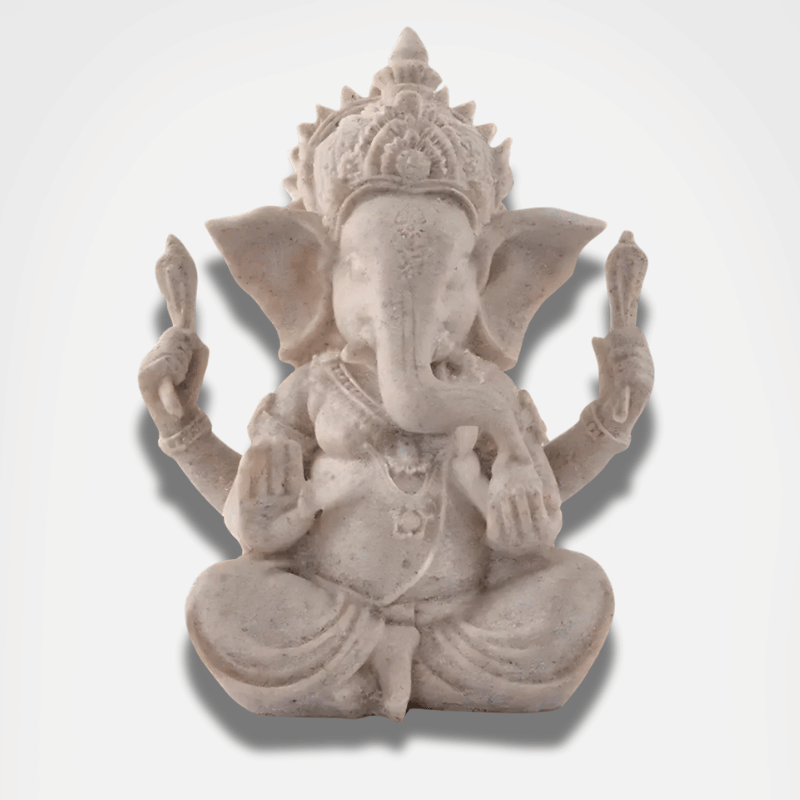
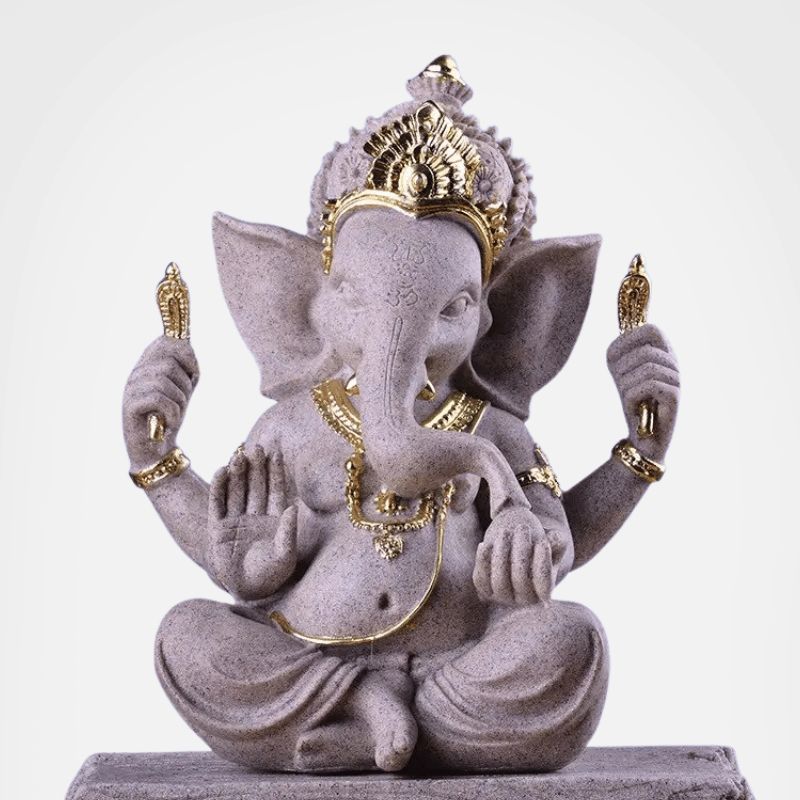
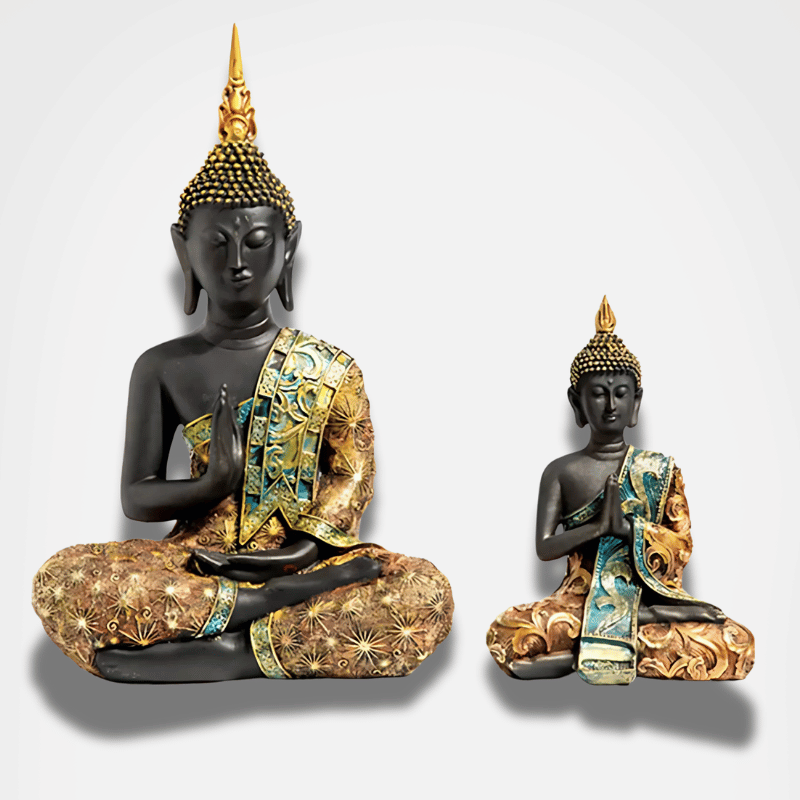
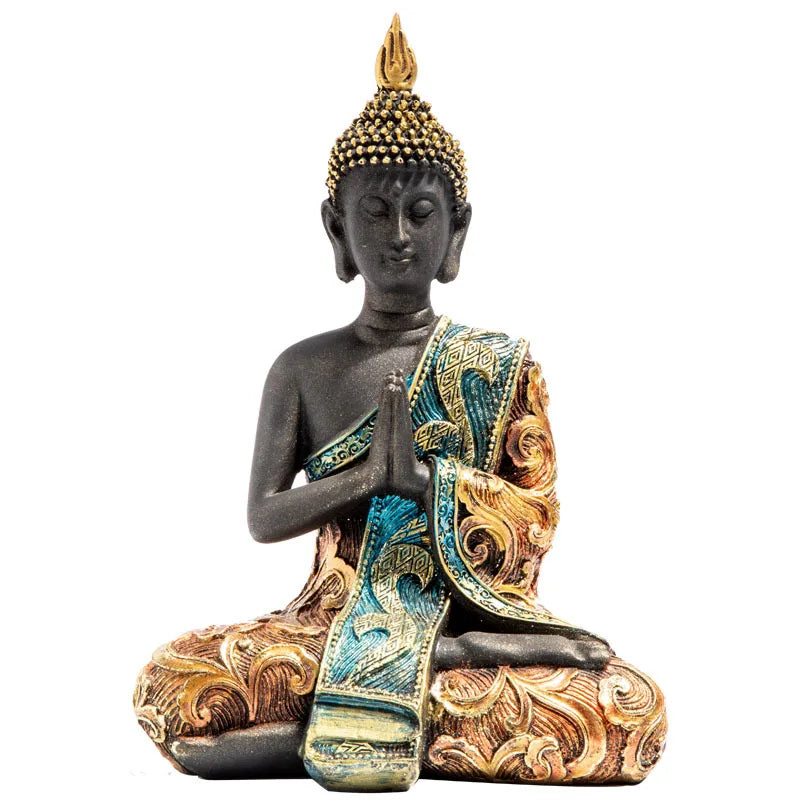
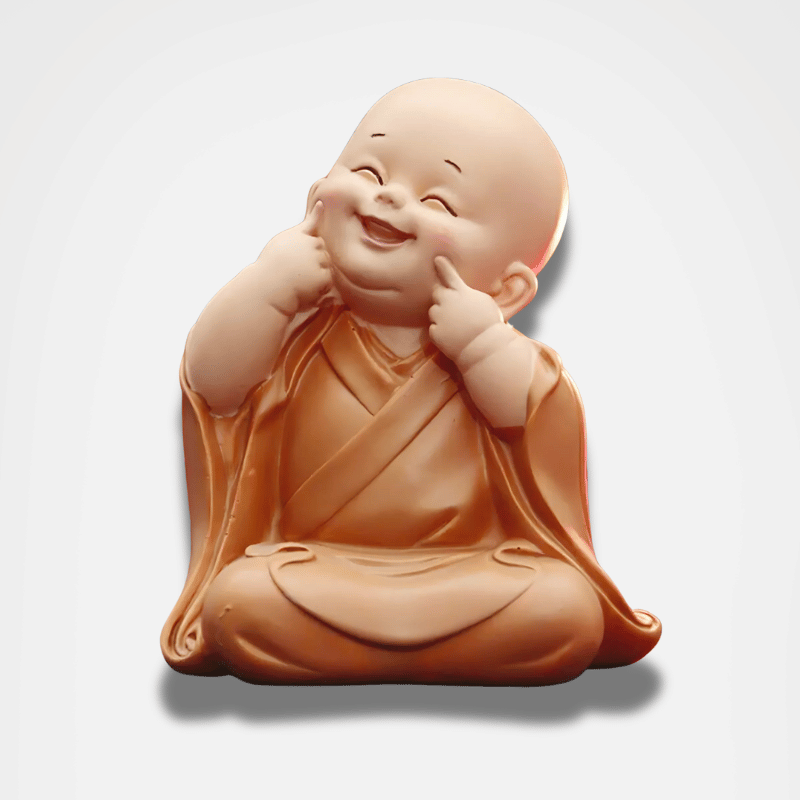



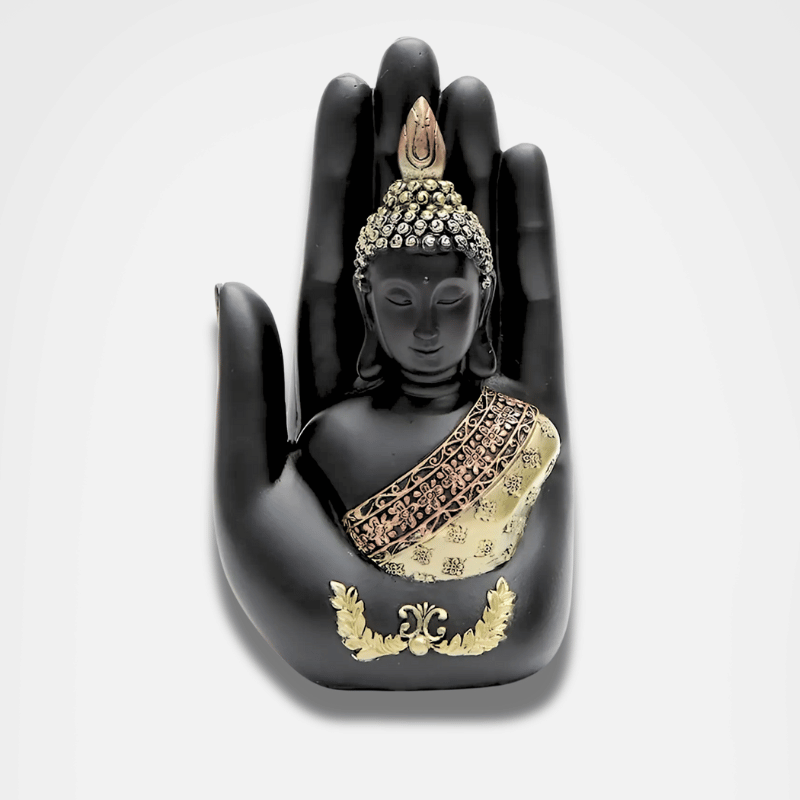
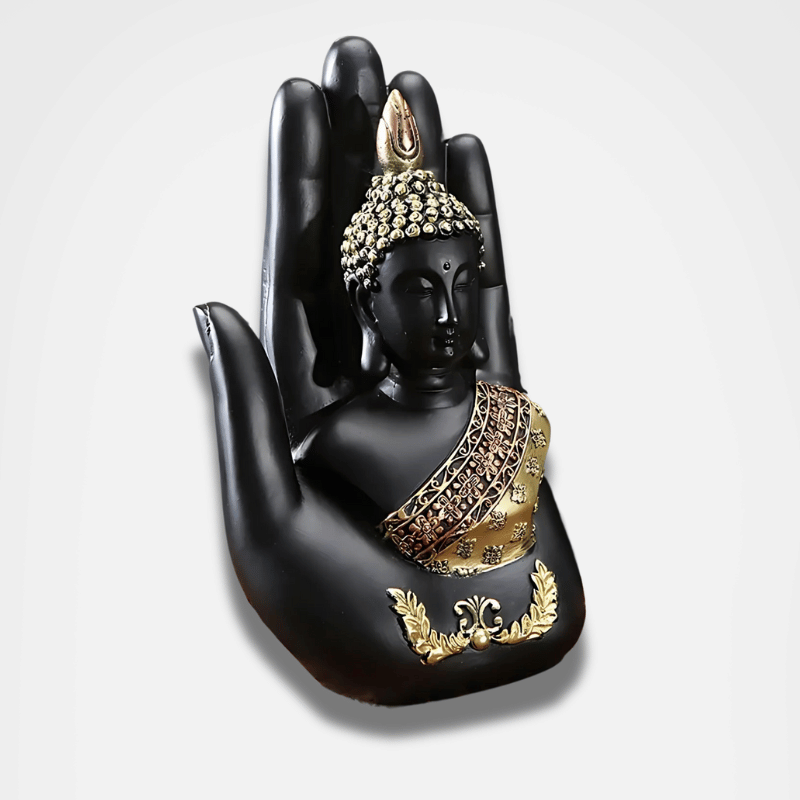










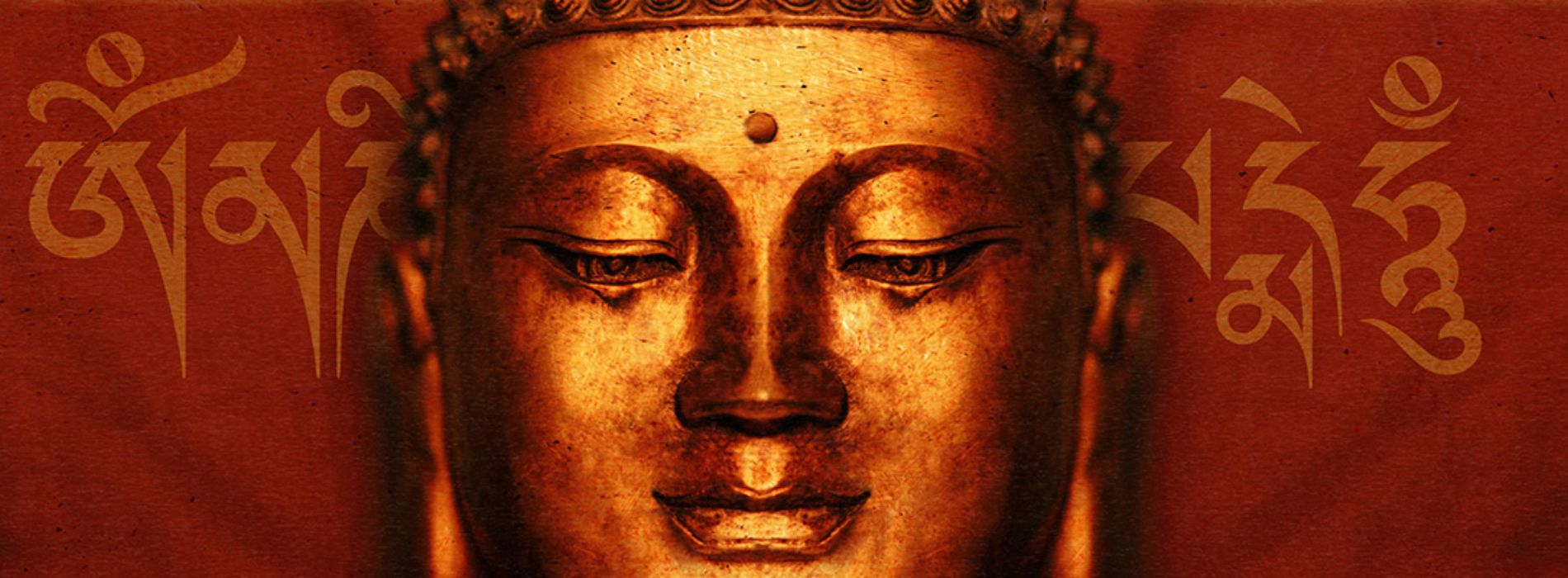



1 comment
juryka
pourquoi bouddha est important